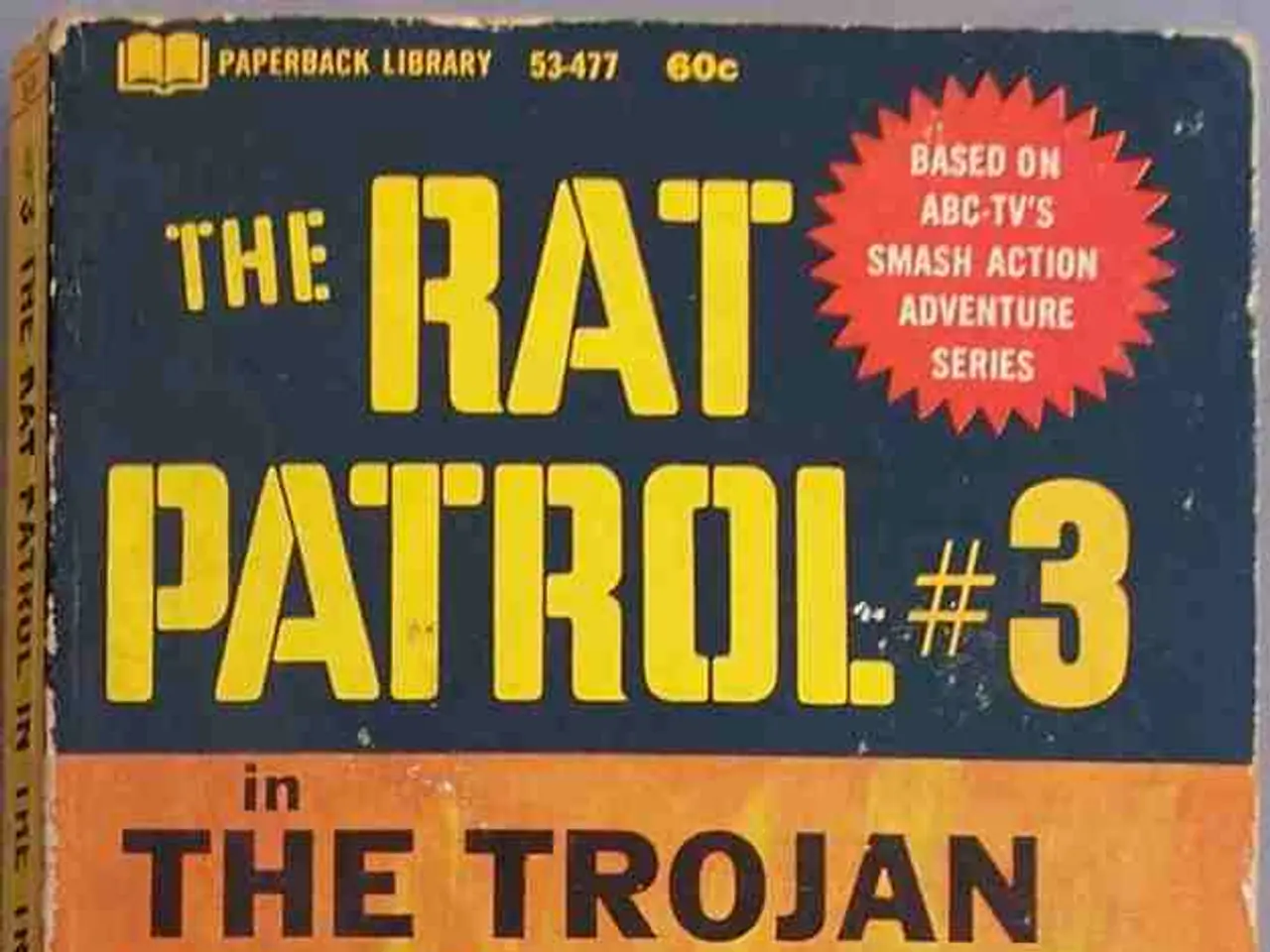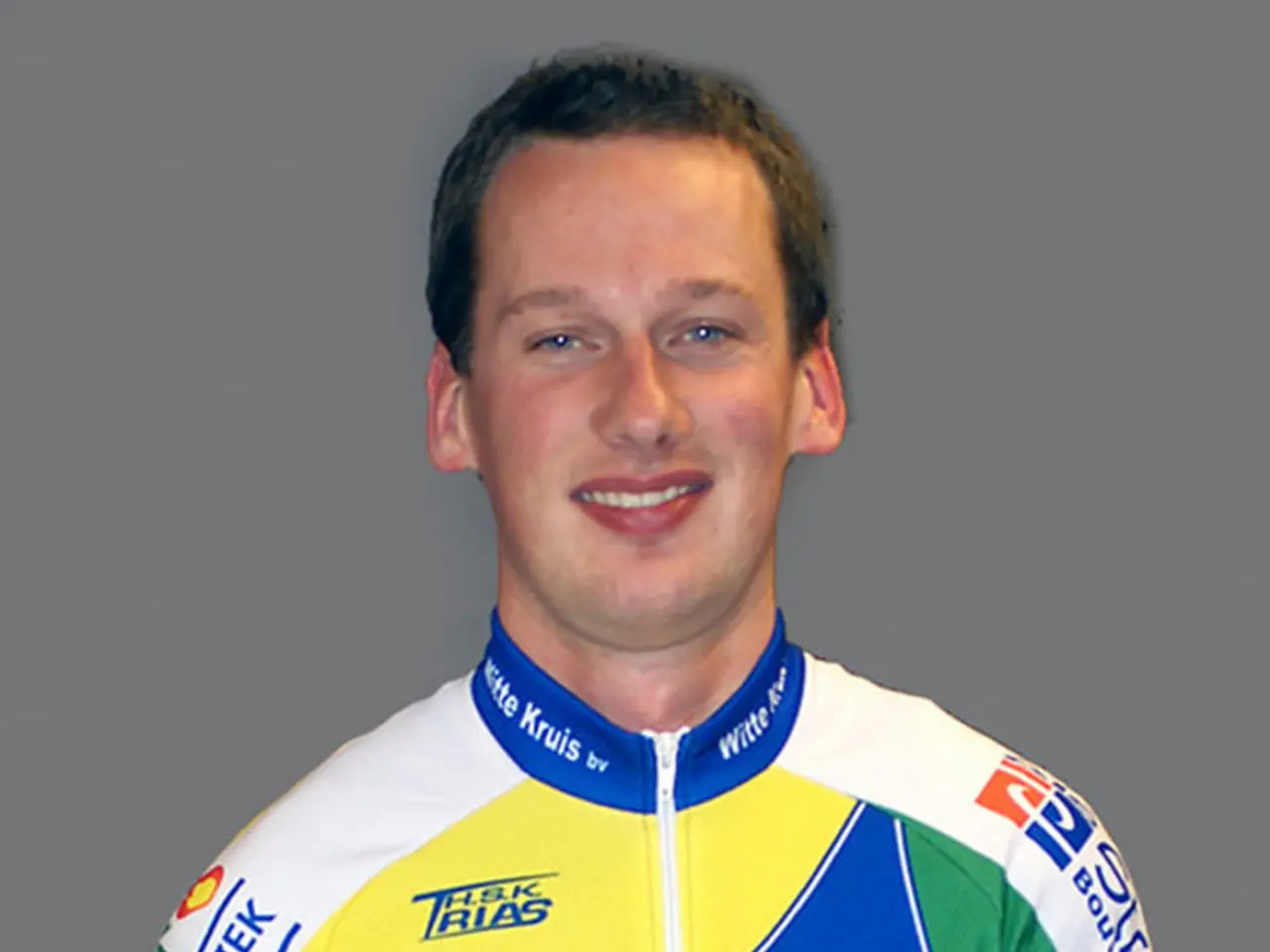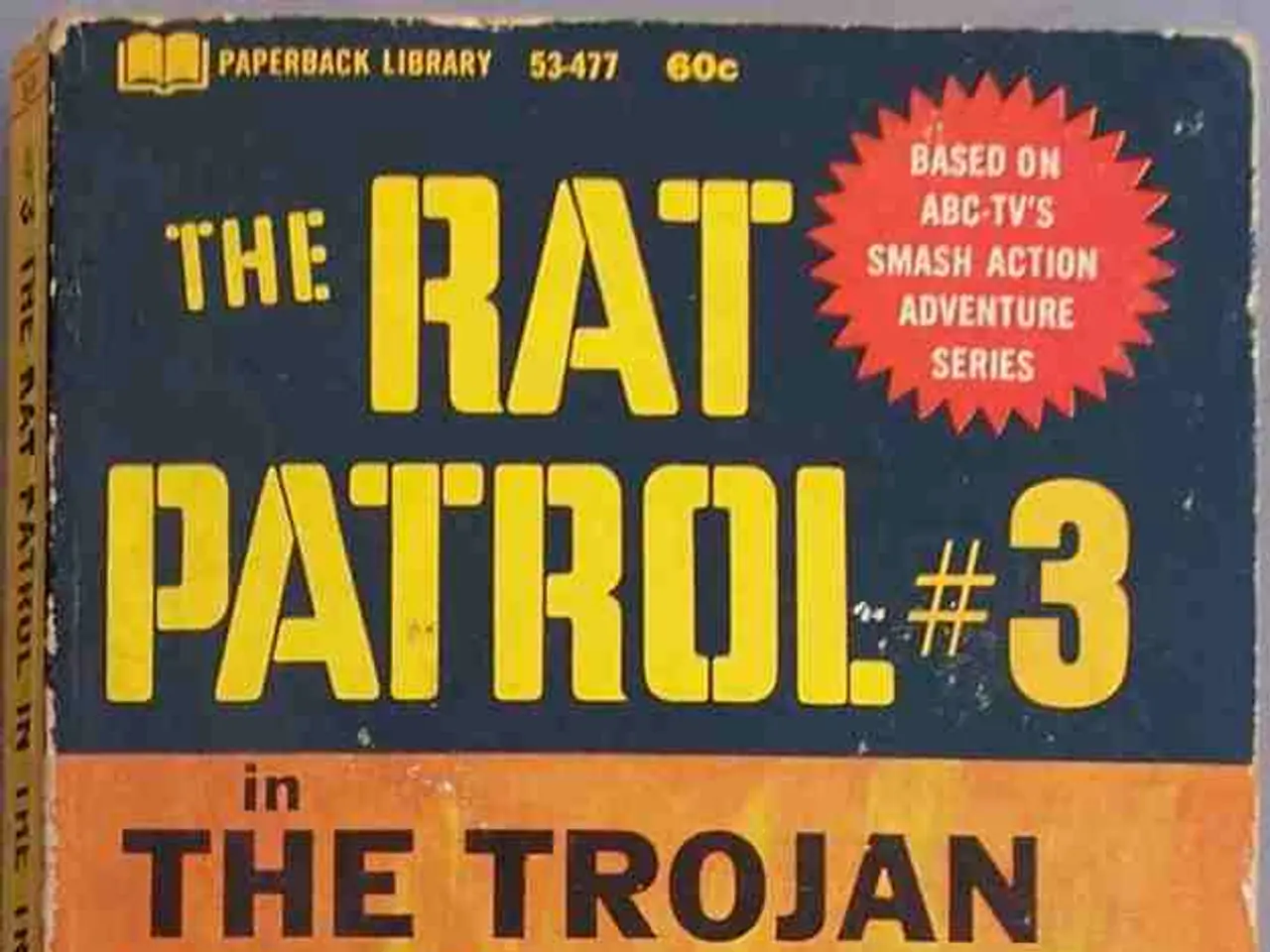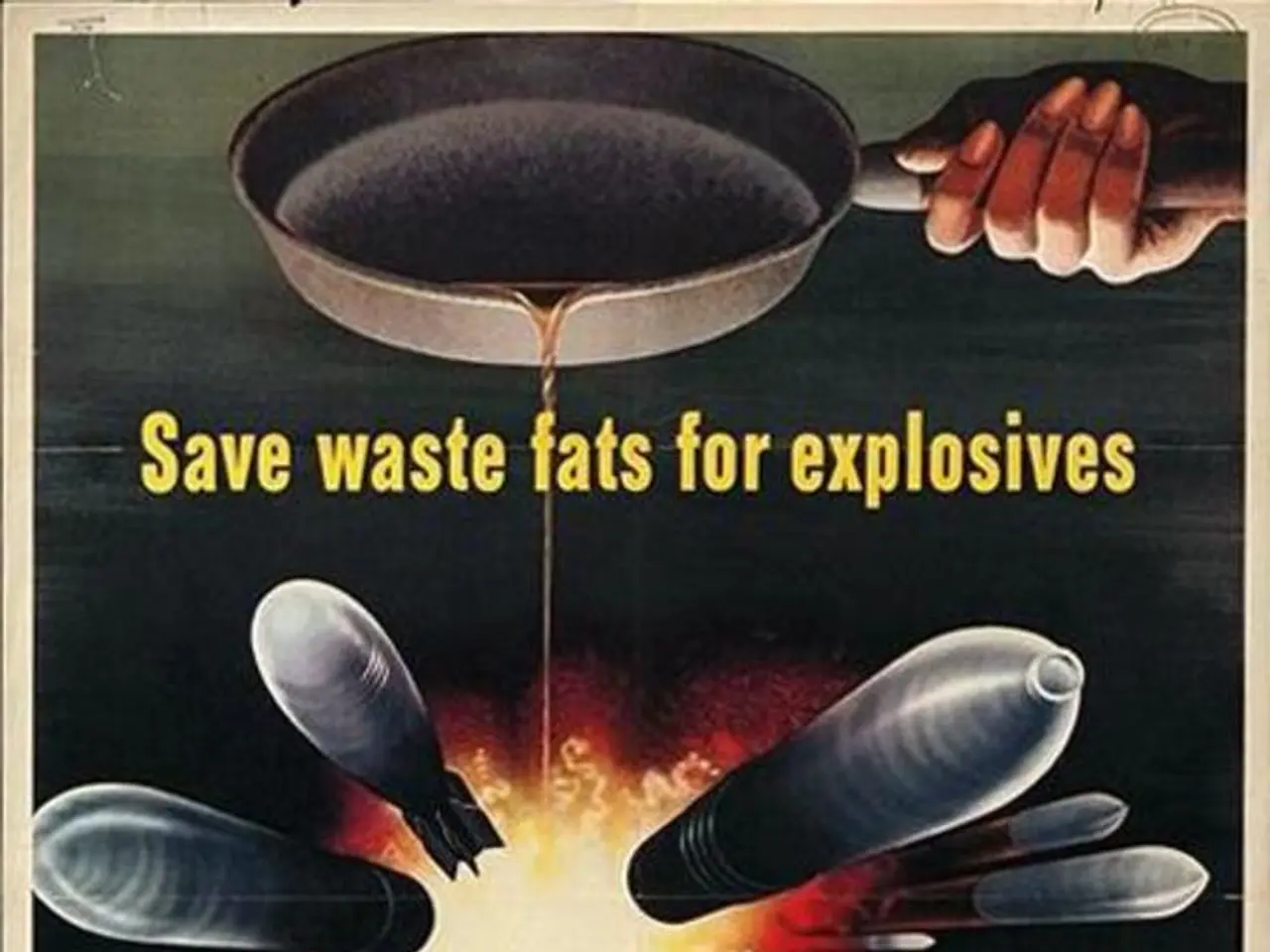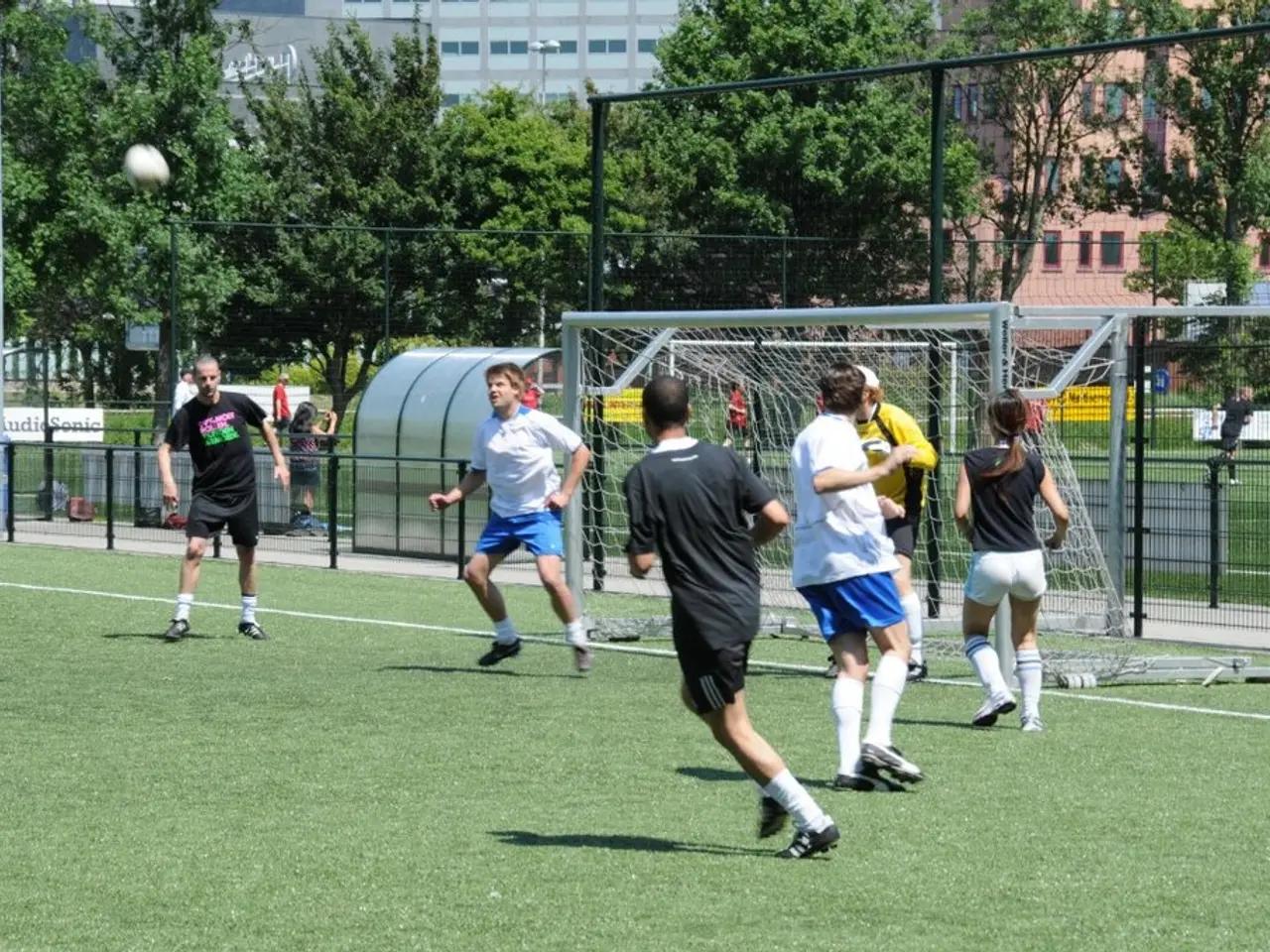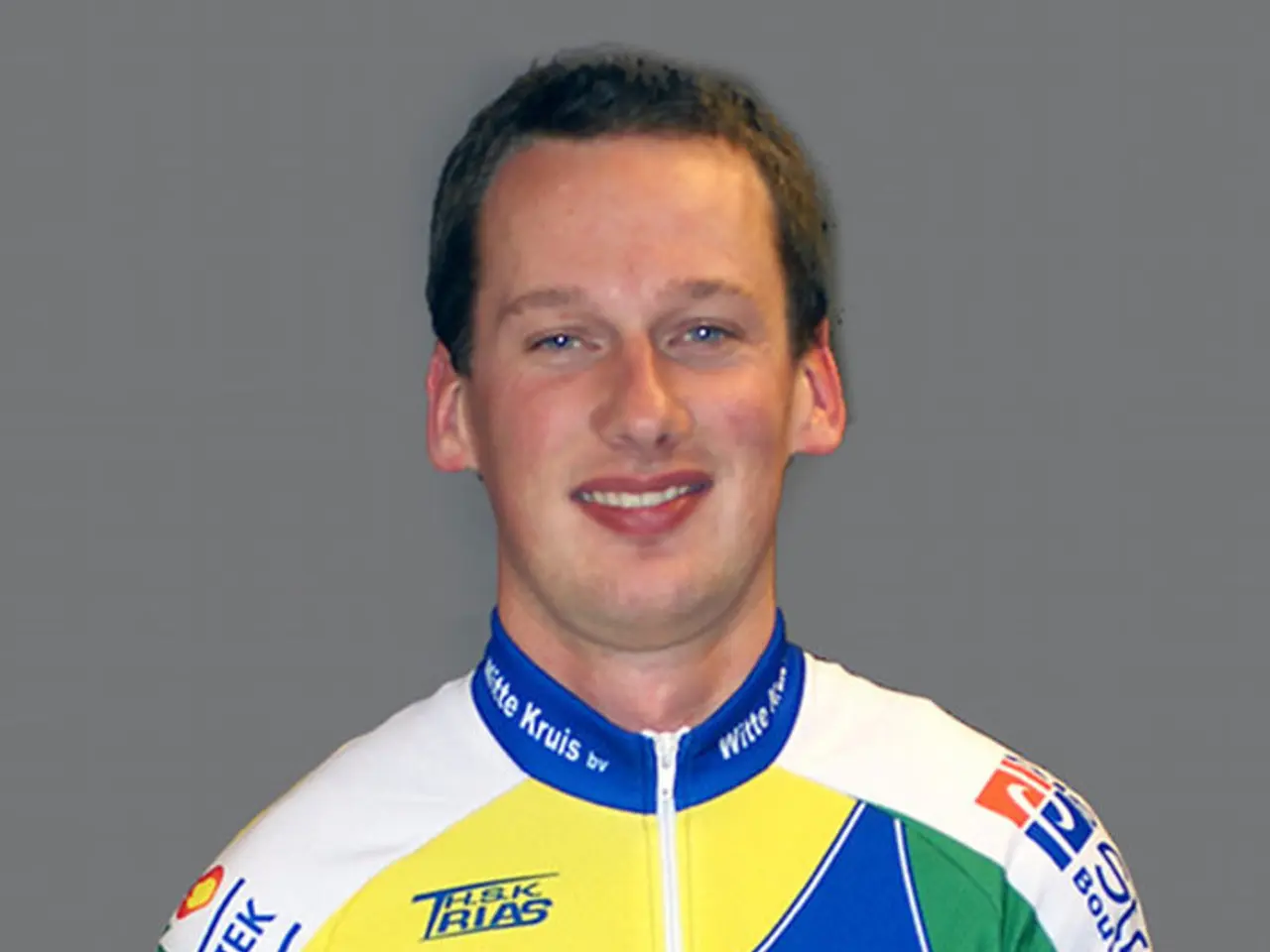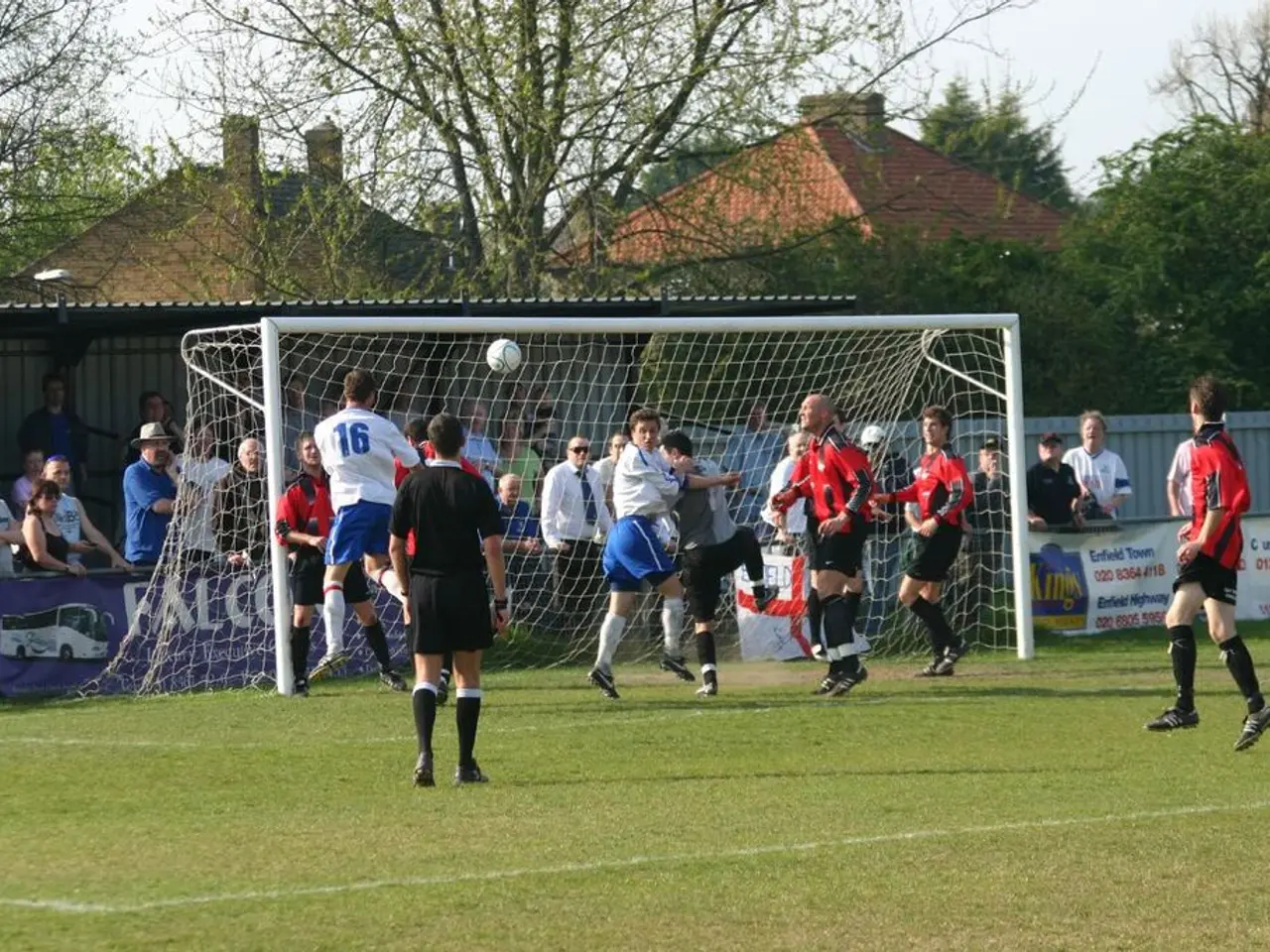Unveil the secret World War II underground female assassin training program, teaching combat skills without weapons.
Women in the Special Operations Executive: Unsung Heroes of World War II
During World War II, the Special Operations Executive (SOE) recruited women to serve as covert agents, engaging in high-risk espionage, sabotage, and guerrilla warfare behind enemy lines. Unlike traditional wartime organizations, the SOE trained women to perform the same dangerous missions as men, including wireless radio operation, marksmanship, and deadly close-quarters combat.
The SOE, a secret taskforce charged with sabotage, espionage, and guerrilla warfare behind enemy lines, was authorized by Prime Minister Winston Churchill in 1940. The work of the SOE was deemed too secret and politically sensitive to continue outside of wartime, and the organization was formally disbanded in 1946, just months after Churchill left office.
Women in the SOE were often parachuted into Nazi-occupied France and other territories where they worked undercover to gather intelligence, disrupt enemy supply lines, incite resistance movements, and sabotage infrastructure. Their missions were extremely dangerous, with the average life expectancy of an SOE wireless operator in occupied France being just six weeks.
Among the missing SOE agents were Noor Inayat Khan, Violette Szabo, and Odette Sansom, who had survived brutal training, parachuted into occupied France, and coordinated resistance cells before being captured, tortured, or executed.
Notable examples include Andrée Borrel, one of the first female SOE agents parachuted into France. She was recruited for her intelligence, patriotism, and previous covert experience, ultimately undertaking crucial assignments for the SOE despite extreme risks.
The SOE trained its female recruits for the same kind of dangerous missions given to men. Historian Dr Kate Vigurs explains that the SOE trained women to kill with their bare hands. The SOE also produced a catalog of weaponry and explosives for potential agents to choose from, including the Wellrod pistol, exploding rats, incendiary cigarettes, and daggers hidden in hatpins.
Women in the SOE were valued as undercover operatives because they were less conspicuous than men, helping them evade detection in enemy territory. Their ability to move more freely was also due to being generally excluded from census lists for forced labor in occupied countries.
One of the most notable women in the SOE was Vera Atkins, a senior intelligence officer in SOE's French 'F-Section'. After the war, Atkins made it her personal mission to trace the fate of missing SOE agents. In 1942, the SOE successfully carried out Operation Postmaster, a mission to undermine and disrupt Axis supply lines in the Gulf of Guinea.
The SOE's mission was to "set Europe ablaze," and the contributions of women in the organization were vital to undermining Axis powers and supporting Allied victories. Despite the extreme risks and often tragic outcomes, these women played critical roles in the war effort and should be remembered as unsung heroes of World War II.
[1] BBC News. (2015, June 19). Women in the SOE: The secret war heroines. Retrieved from https://www.bbc.co.uk/news/magazine-33075682 [2] Vigurs, K. (2017). Women of the SOE: The untold story of the women who fought for their country. London: Headline. [3] SOE Museum. (n.d.). The Women's Section. Retrieved from https://www.soemuseum.org.uk/the-womens-section/ [4] History Learning Site. (n.d.). Women in the SOE. Retrieved from https://www.historylearningsite.co.uk/world-war-2/special-operations-executive/women-in-the-soe/
[1] The unsung heroes of World War II, women in the Special Operations Executive (SOE), were trained for the same dangerous missions as their male counterparts, including wireless radio operation, marksmanship, and deadly close-quarters combat, as part of the SOE's mission to "set Europe ablaze."
[2] The political landscape of World War II was significantly impacted by the SOE's work, particularly their sabotage, espionage, and guerrilla warfare behind enemy lines, as outlined in the general news reports on the organization and its contributions. War-and-conflicts also played a major role in the recruitment of women into the SOE, with many volunteering to serve as covert agents in dangerous missions.
